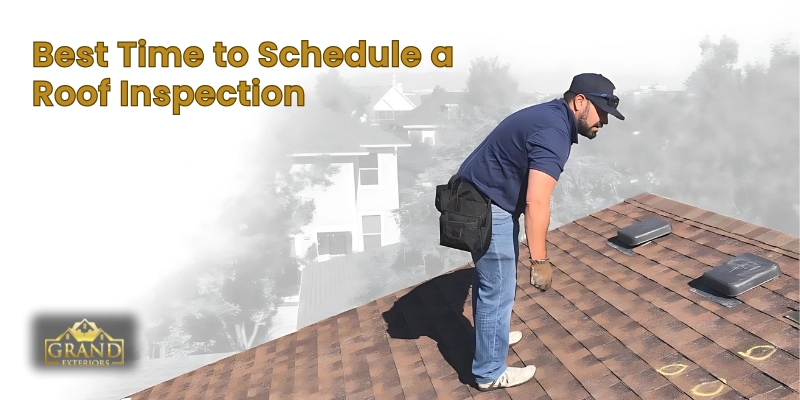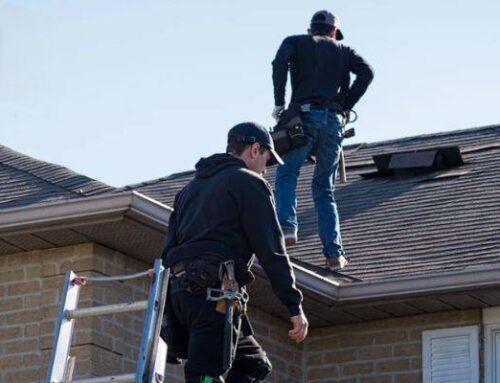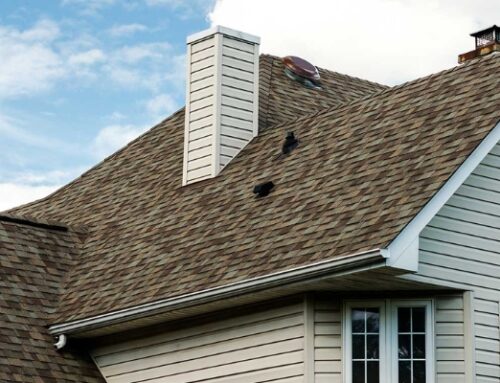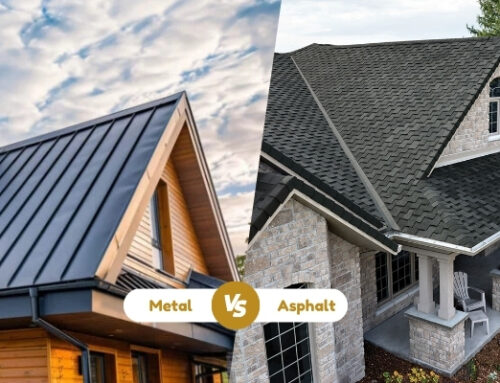Your roof protects everything underneath and is the first line of defense. Roofs require regular checkups, ancd these regular inspections help in identifying minor issues before they turn to become expensive disasters . Let’s go through the blog to know the optimal time for the evaluation of the roof so that you can save your roofing investment from damage.
1. The Essential Biannual Rule
Spring inspections (March through May) are important to assess winter damage. During these months, professionals can identify issues such as ice dam damage, wind-lifted shingles, or condensation problems that have developed during cold months. This time also prepares your roof for summer storms and gives you a chance to clean the gutters before heavy spring rains.
Fall inspections (September through November) serve a different but equally important purpose. These appointments identify any summer storm damage like hail marks or cracked flashing while ensuring your roof is properly prepared for winter. It’s also the ideal time to clear away debris that could trap moisture under snow and ice.
2. After Major Weather Events
Certain severe weather situations demand immediate attention. Within 48 hours after hurricanes, tropical storms, hail events (even minor ones), tornadoes, you should schedule an inspection. These powerful storms can cause subtle damage that worsens quickly.
A week following a significant snowstorm, prolonged cold rain, or a gust of wind over fifty miles per hour is the ideal time to schedule an inspection for winter events. The roofing materials may be compromised in ways that are not visible from the ground due to the weight of ice or the shrinking force of strong winds.
Key Insight: Insurance companies typically require prompt documentation of storm damage, so don’t wait until leaks appear to get an assessment.
3. Real Estate & Life Event Triggers
If you’re preparing to list your home, a pre-listing roof inspection makes smart business sense. Nearly 90% of buyers want roof certification, and addressing issues upfront prevents last-minute negotiations from derailing your sale.
After major renovations like adding skylights or solar panels, schedule an inspection to verify proper sealing and flashing. Even attic conversions warrant a roof check, as they change your home’s ventilation needs and may affect roofing performance.
When switching insurance providers, a recent inspection report can help you qualify for discounts while documenting pre-existing conditions that might affect your coverage.
4. Material-Specific Timelines
Different roofing materials have unique maintenance needs. Traditional asphalt shingles require biannual inspections, with particular attention needed after they reach the 15-year mark. Metal roofs need annual check-ups, ideally scheduled before the major expansion/contraction seasons of summer and winter.
Tile and clay roofs can typically go 18 months between professional inspections, but always schedule a check after significant freeze-thaw cycles. Wood shake roofs demand twice-yearly evaluations, with special attention needed before the wet season begins.
Important Note: Flat roofs require more frequent attention – quarterly inspections help identify ponding water issues before they cause leaks.
5. The Worst Times to Inspect (And Why)
Peak summer heat actually makes for poor inspection conditions. When temperatures soar, asphalt shingles soften, making accurate damage assessment difficult while creating safety hazards for inspectors.
During active storms, inspections become practically useless. Not only can’t professionals properly evaluate your roof in bad weather, but many insurance providers won’t cover inspections performed by “storm chaser” contractors who follow severe weather events.
Holiday seasons present another challenging time. With limited availability, you might get rushed inspections, and many companies charge premium rates for emergency services during these periods.
6. DIY vs Professional Timing
Homeowners can handle some basic monitoring between professional inspections. Each month, walk your property looking for visible shingle debris in the yard. At noon on a sunny day, check your attic for any light leaks that might indicate roof damage. Also, monitor your gutters for excessive granule accumulation from asphalt shingles.
However, certain situations absolutely require professional expertise. If you notice multiple lifted or damaged shingles, moss/algae covering more than 30% of your roof, or corroded/flashing that’s pulling away, call a roofing specialist immediately.
Final Recommendation
Mark your calendar to make April and October roof inspections non-negotiable parts of your home maintenance routine. Add immediate checks after any severe weather events in your area.
Always request time stamped photos from your inspector. These visual records become invaluable to the claims of the warranty and the professionals get help from year to year for your roof. Remember – Your roof cannot tell you when it is in trouble, but regular inspection gives you the necessary information to prevent small problems from becoming major issues.




